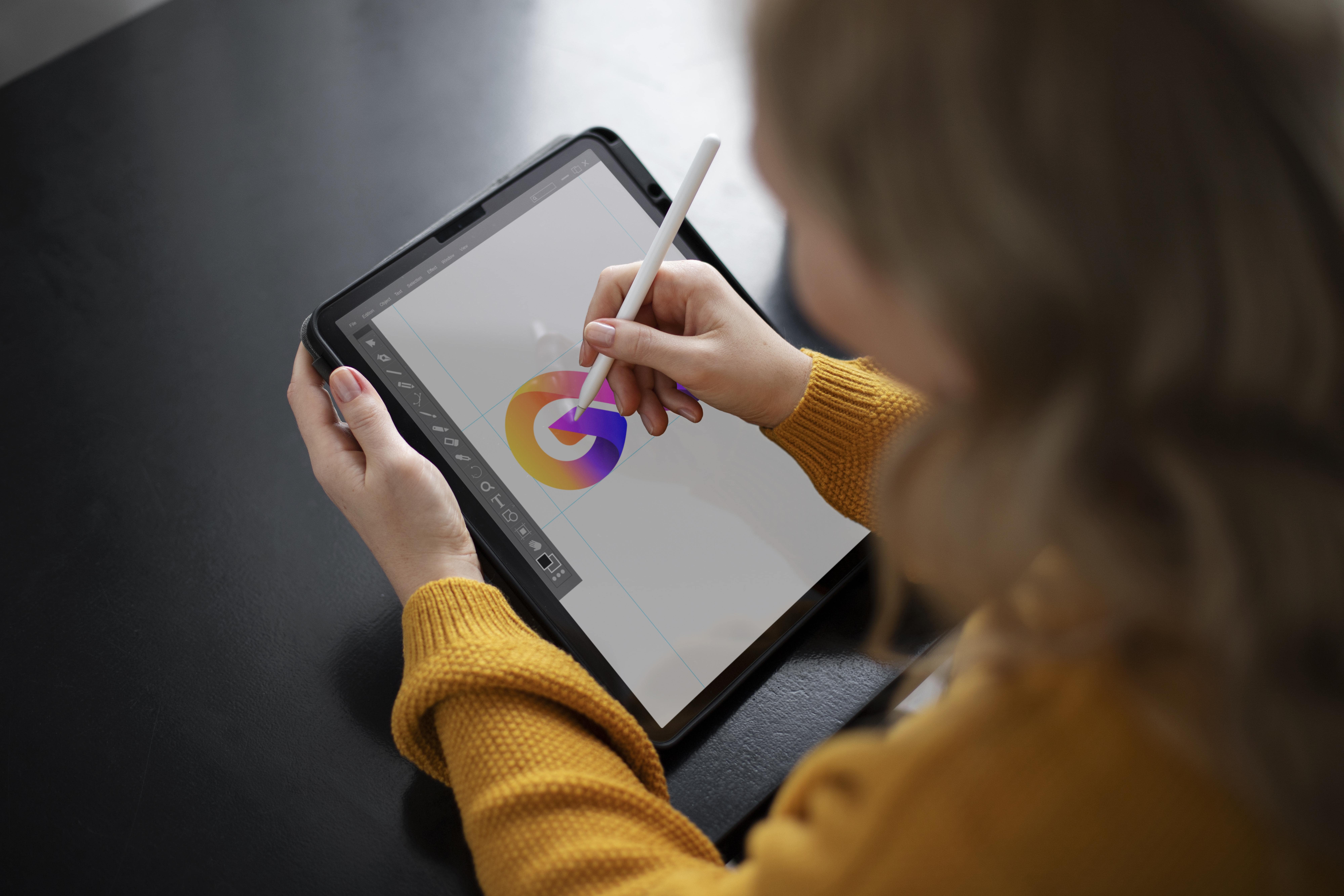Top Truckee Web Designers & Agencies Building Beautiful, SEO-Friendly Websites for Local Businesses


Designing a logo for your business can be a tricky undertaking. On the one hand, you might have a really good idea of what you like in terms of style, color, and vibe. However, you also have to ensure that your audience connects with it as well, that it’s memorable, and that it will last the test of time.
Your logo also needs to work everywhere: on your website, social media, business cards, and even as a tiny favicon. In this guide, we’ll walk through how to design a logo from start to finish, including tips on brand strategy, style choices, colors, fonts, and testing your design.
A logo is only as strong as the brand it represents. Without a solid foundation, even the most beautiful design can feel like it’s disconnected. This stage is all about understanding exactly who you are as a business so your logo can become a natural extension of your identity. Before you even think about colors and icons, you need to know your brand inside and out. Ask yourself:
Your logo should be a visual expression of these answers. Without a clear brand foundation, you risk creating something that looks nice but doesn’t connect with your audience.
This is the stage where you get to dream, explore, and be inspired by all the various possibilities. This will drive the creative process forward. Look at logos you admire, and not just in your industry, but across different fields. Notice things like shapes, layouts, color palettes that feel aligned with your brand personality, and fonts that match your vibe (sleek sans-serif, classic serif, hand-drawn script, etc.). Find 7 Logo Designs to Inspire Your Brand Identity here.
Create a digital or physical mood board where you collect images, colors, and typography examples. This will give you and your designer a visual starting point.
The right logo style can instantly set the tone for your business, helping customers understand who you are before they’ve even read a single word. This is where form meets function, and you want a style that looks good and works well.
There’s more than one way to create a great logo. The main types include:
The right style depends on your business name, your brand personality, and where the logo will be used most often.
Color is one of the most powerful tools in branding as it can influence mood, shape perception, and make your logo instantly recognizable. The shades you choose should feel authentic to your brand and resonate with your audience on a deeper level.
Colors also carry meaning and can trigger emotional responses. For example:
You’ll also want to think about color versatility, which is how your logo looks in black and white, in a single color, and on both light and dark backgrounds. A logo that only works in one color scheme will be harder to use across different applications.
Your typography is a key part of your logo’s personality. The wrong font can make your brand feel off, while the right one can instantly communicate professionalism, playfulness, or elegance. A few tips:
If possible, use a custom or slightly modified font to make your logo truly unique.
Simplicity in logo design isn’t boring! A clean, uncluttered logo is easier to remember, works better across platforms, and holds up over time. It’s about making every element count.
The best logos are clean, adaptable, and easy to recognize. Avoid overly complex designs with too many details, as they won’t work well in small formats like social media icons or business cards.
A good test is to print your logo at the size of a dime. If it’s still clear and recognizable, you’re on the right track.
Your logo has to perform in different contexts and on different platforms. Testing ensures that your design works as well in a Facebook profile picture as it does on a billboard.
Before finalizing your logo, see how it works in context in the following places:
You might find that a color looks different on screen versus in print, or that a thin font becomes hard to read when scaled down.
Your logo won’t be a single file. It’s a whole toolkit for keeping your brand consistent and professional across every platform. By building a logo kit, you set yourself and your team up for success long after the design process is over.
Once your logo is finalized, your kit should include the following:
This ensures your logo stays consistent wherever it appears.
Designing a logo is part art, part strategy, and all about building a visual symbol that reflects your brand, resonates with your audience, and will last for the long haul.
Our team can guide you through the process of creating a logo, from brand discovery to final delivery. We’ll help you design something that’s not only professional but perfectly aligned with your business goals. Get in touch with us today.